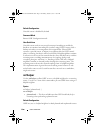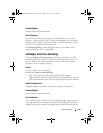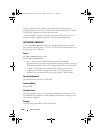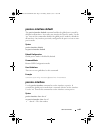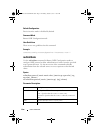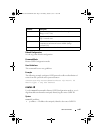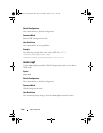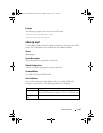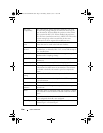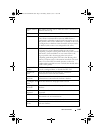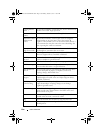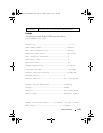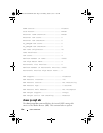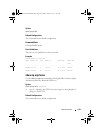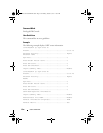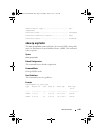
1148 OSPF Commands
RFC 1583
Compatibility
This configuration option controls the preference rules used
when choosing among multiple external LSAs advertising the
same destination. When enabled, the preference rules remain
those specified by RFC 1583. When disabled, the preference
rules are those stated in Section 16.4.1 of RFC 2328. These rules
prevent routing loops when external LSAs for the same
destination have been originated from different areas.
External LSDB
Limit
Shows the maximum number of non-default external LSAs
entries that can be stored in the link-state database.
Exit Overflow
Interval
Shows the number of seconds that, after entering
OverflowState, as defined by RFC 1765, a router will attempt to
leave OverflowState.
Spf Delay Time The number of seconds to wait before running a routing table
calculation after a topology change.
Spf Hold Time The minimum number of seconds between routing table
calculations.
Opaque Capability Shows whether router is capable of sending Opaque LSAs.
AutoCost Ref BW The configured autocost reference bandwidth. This value is used
to determine the OSPF metric on its interfaces. The reference
bandwidth is divided by the interface speed to compute the
metric.
Default Passive
Setting
When enabled, OSPF interfaces are passive by default.
Maximum Paths Shows the maximum number of paths that OSPF can report for
a given destination.
Default Metric Default metric for redistributed routes.
Default Route
Advertise
When enabled, OSPF originates a type 5 LSA advertising a
default route.
Always When this option is configured, OSPF only originates a default
route when the router has learned a default route from another
source.
Metric Shows the metric for the advertised default routes. If the metric
is not configured, this field is not configured.
Metric Type Shows whether the metric for the default route is advertised as
External Type 1 or External Type 2.
2CSPC4.XCT-SWUM2XX1.book Page 1148 Monday, October 3, 2011 11:05 AM



